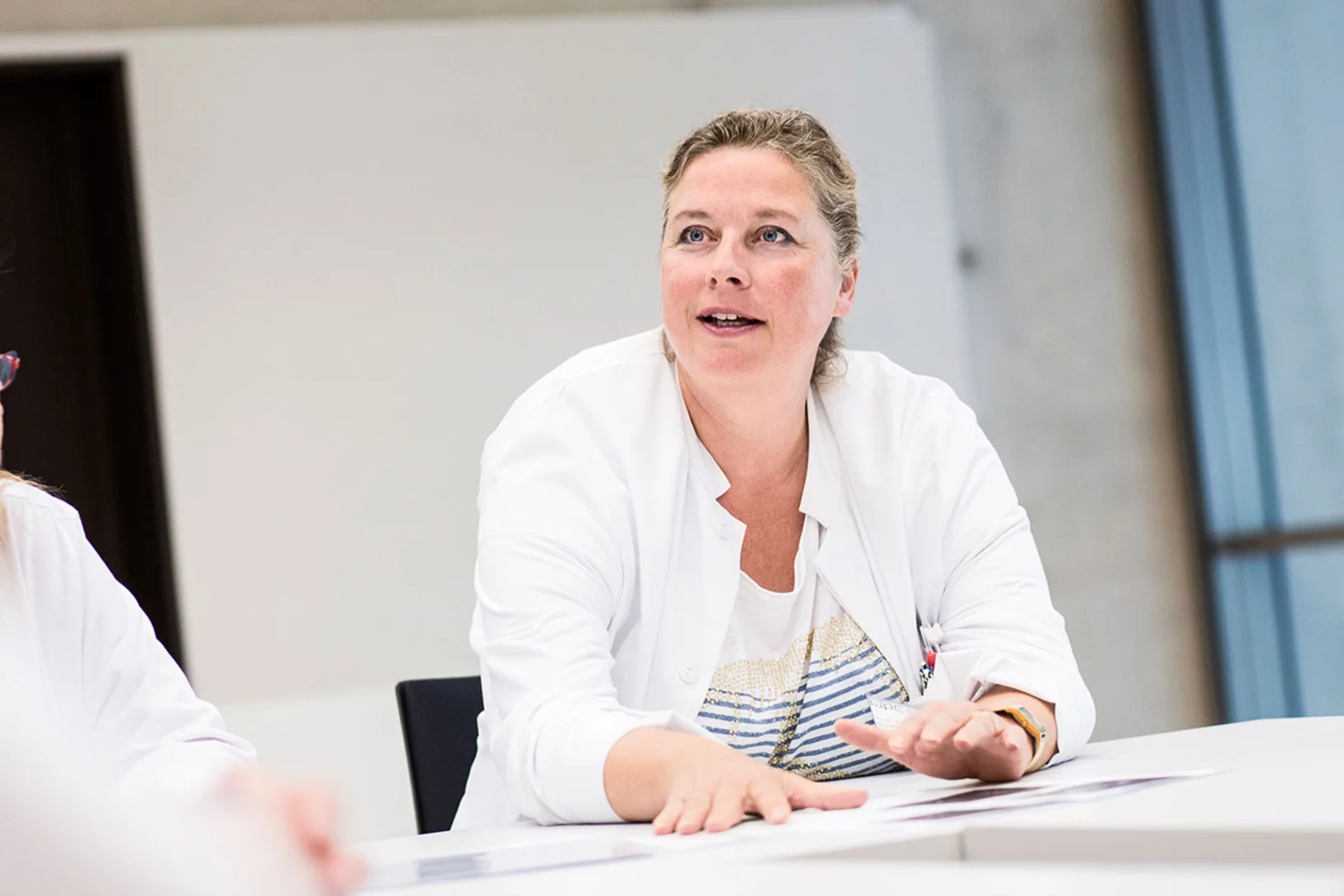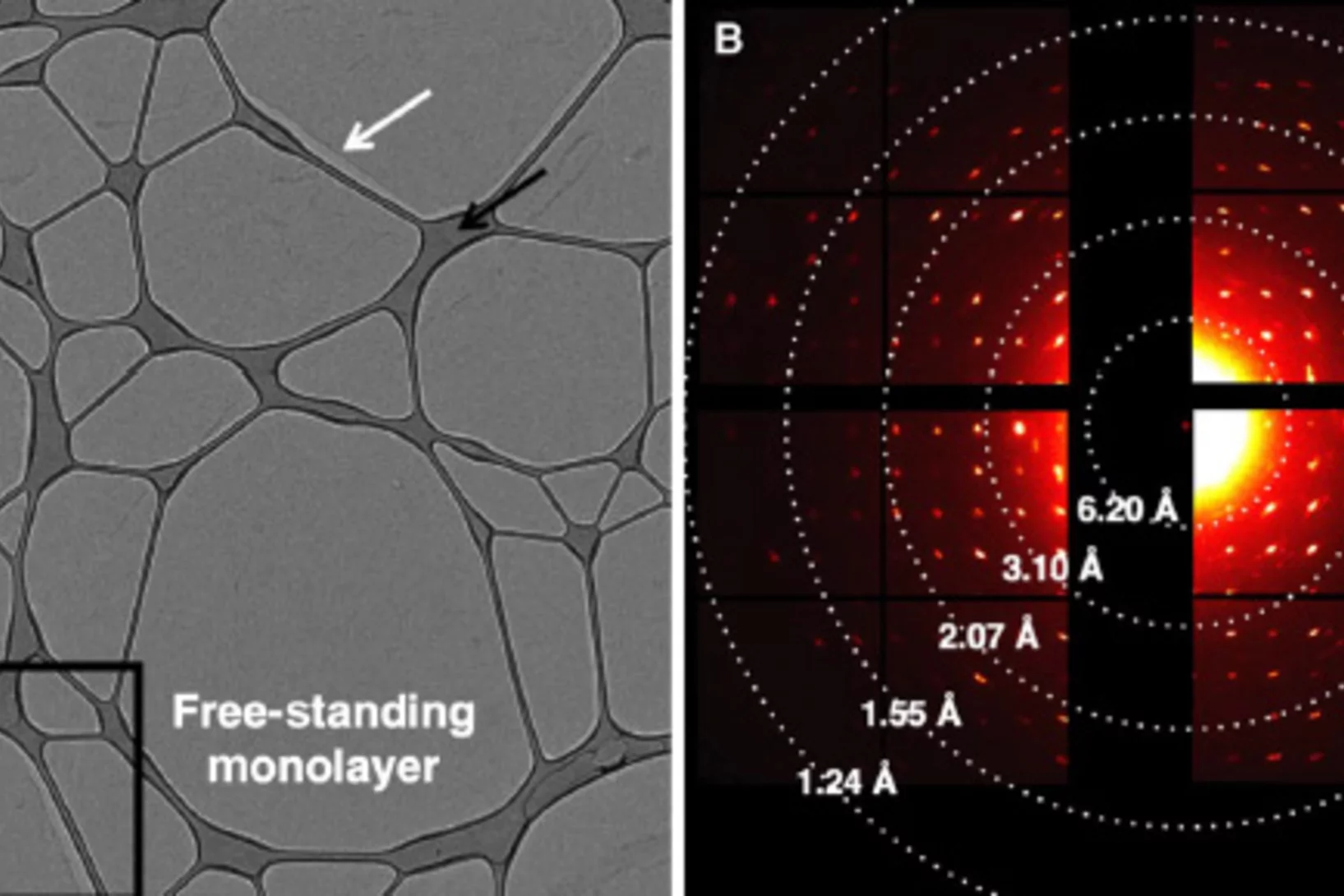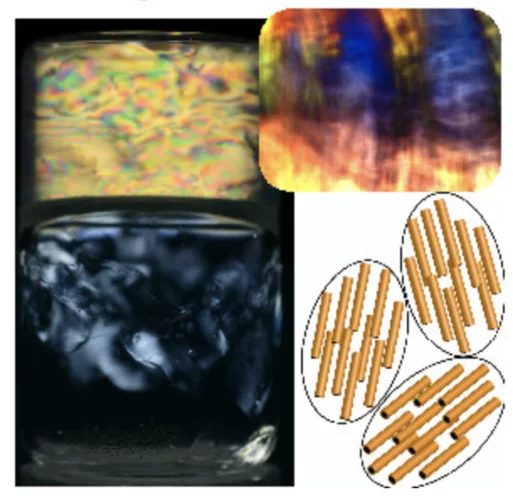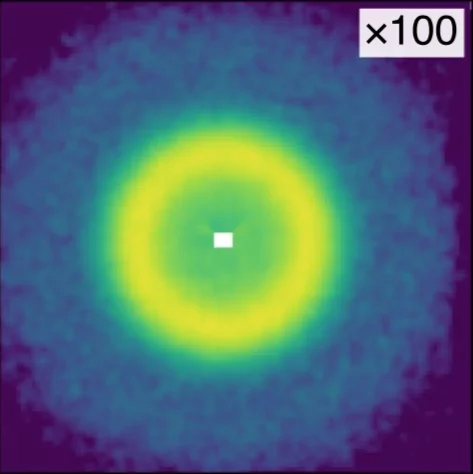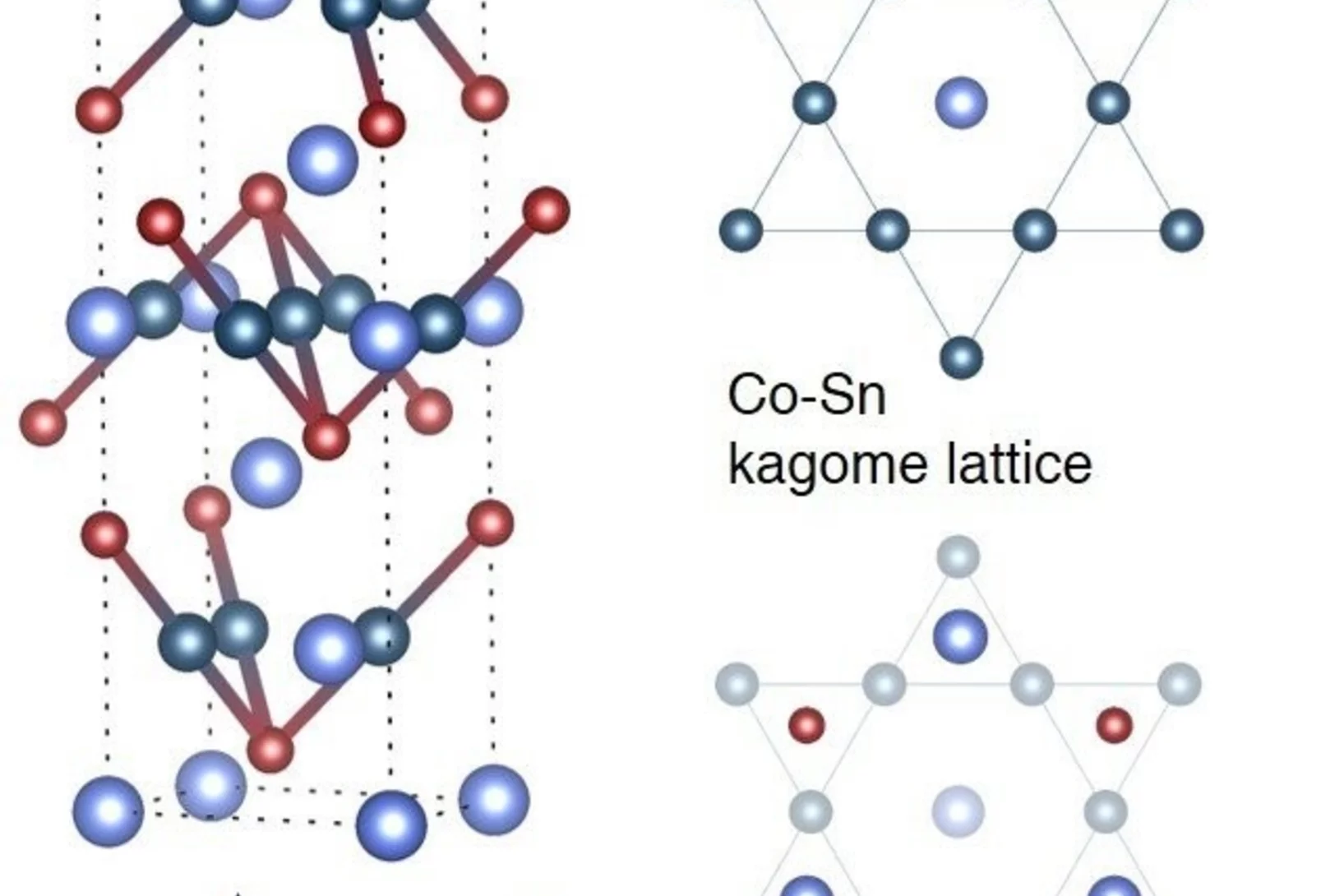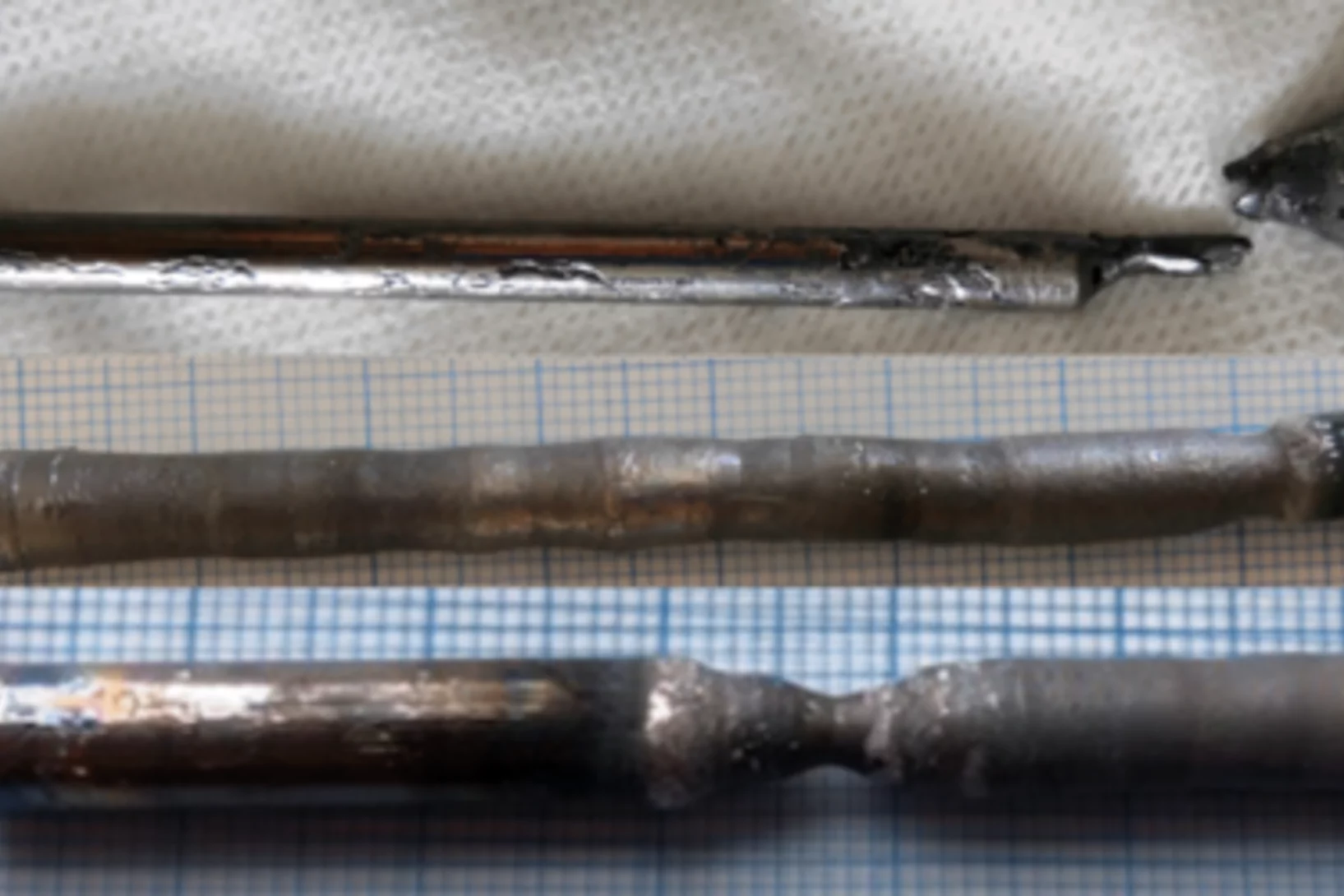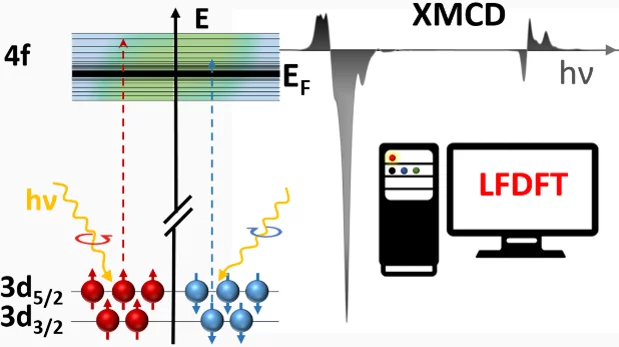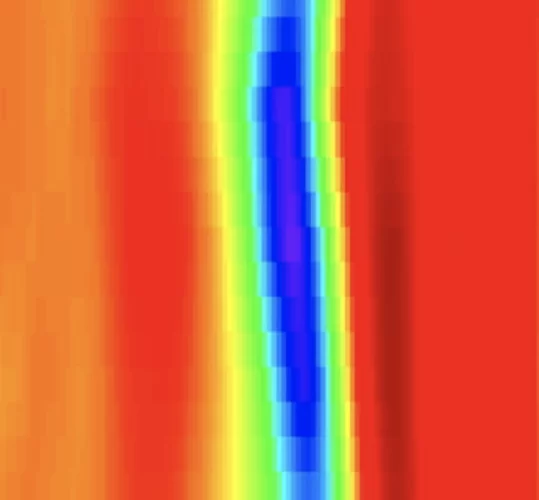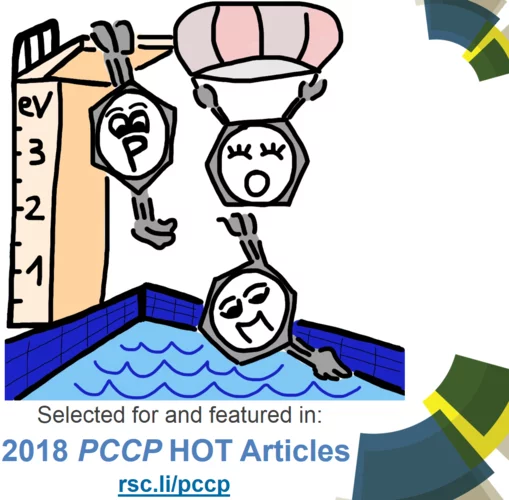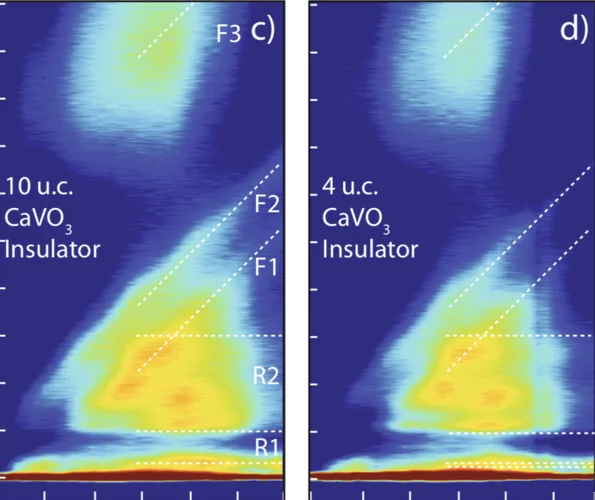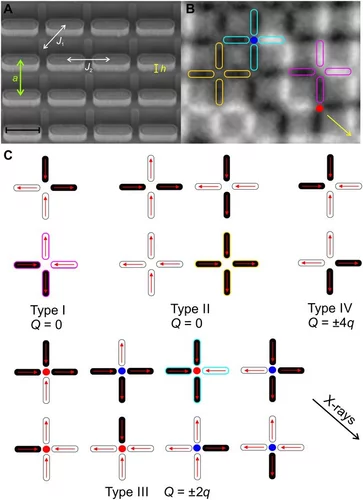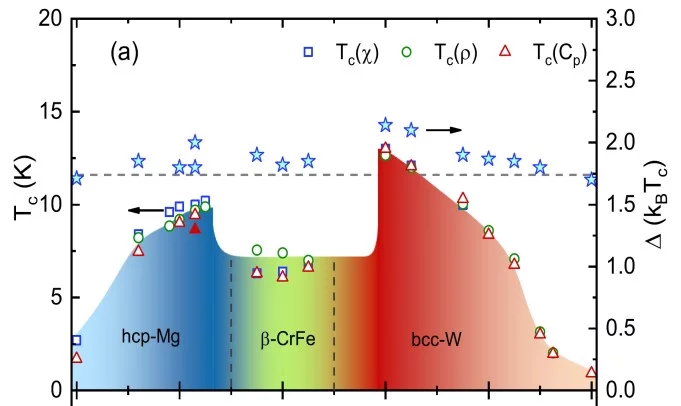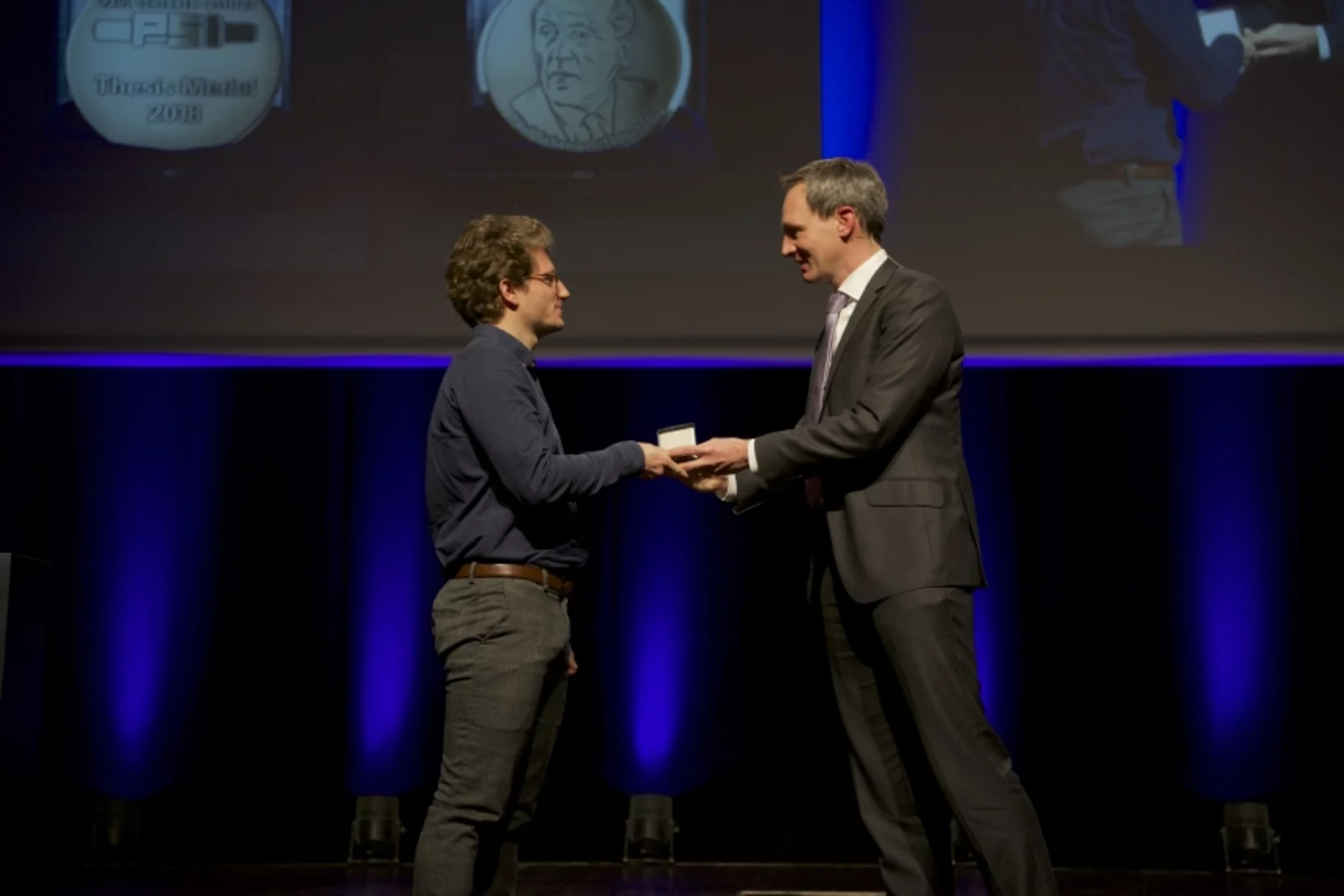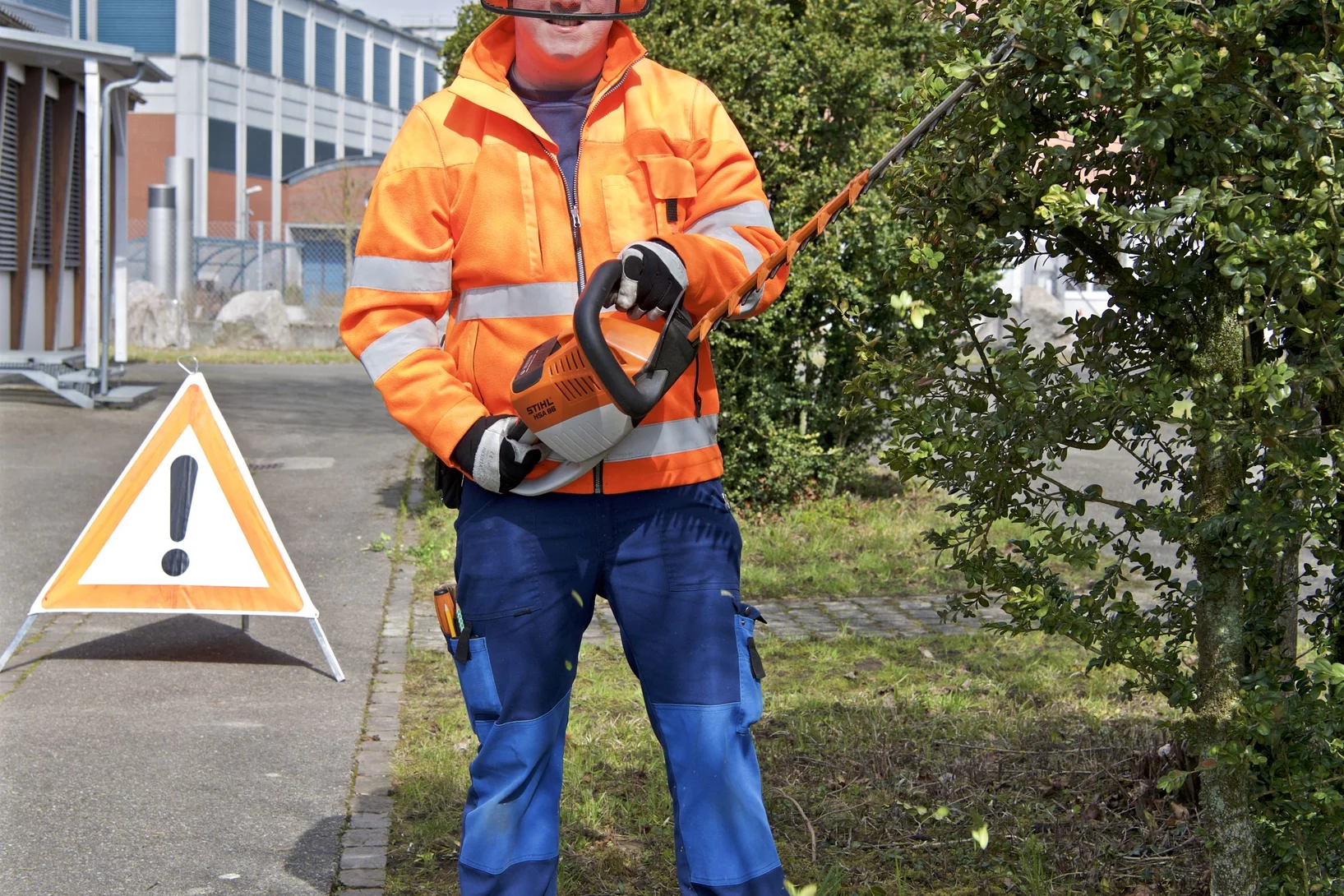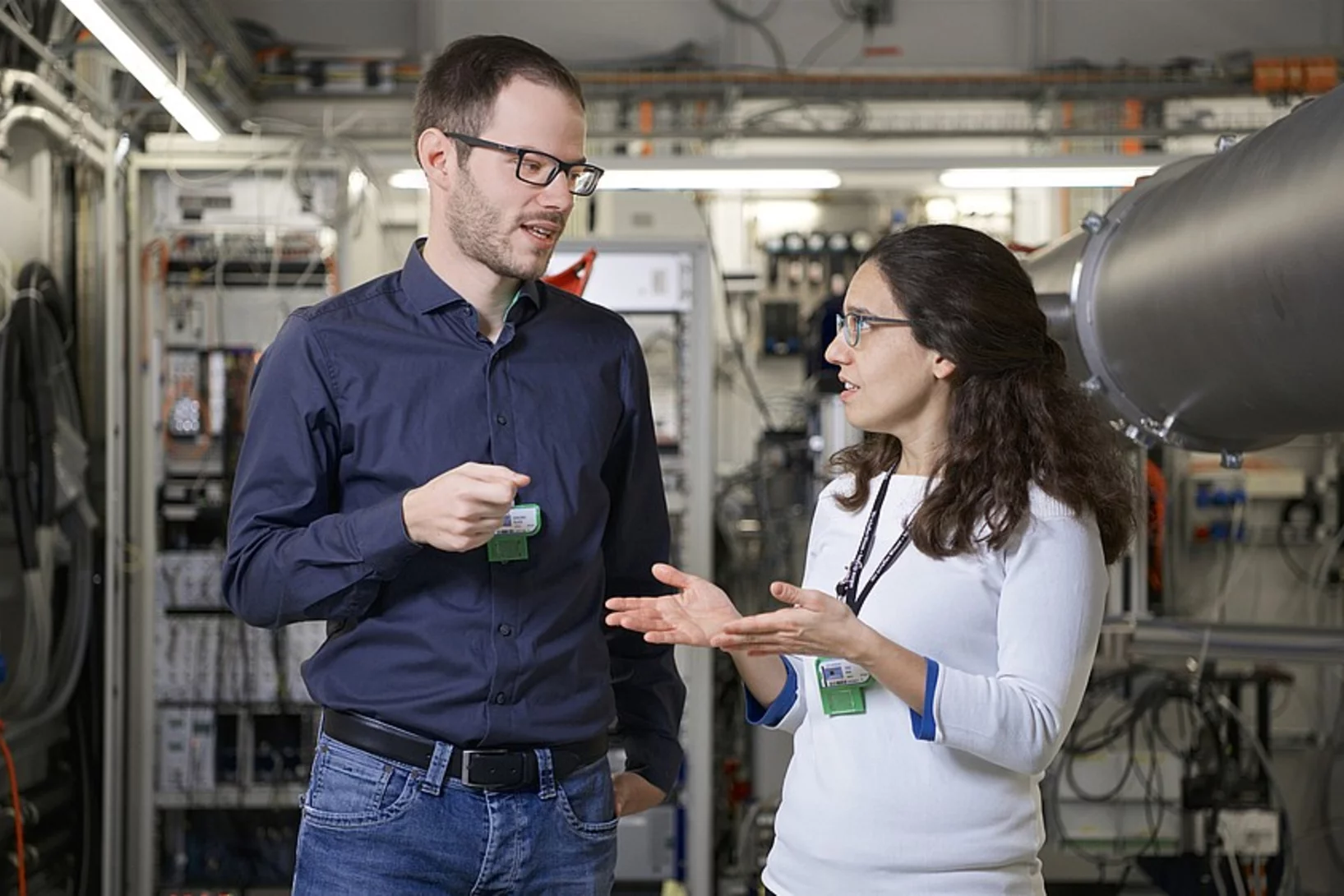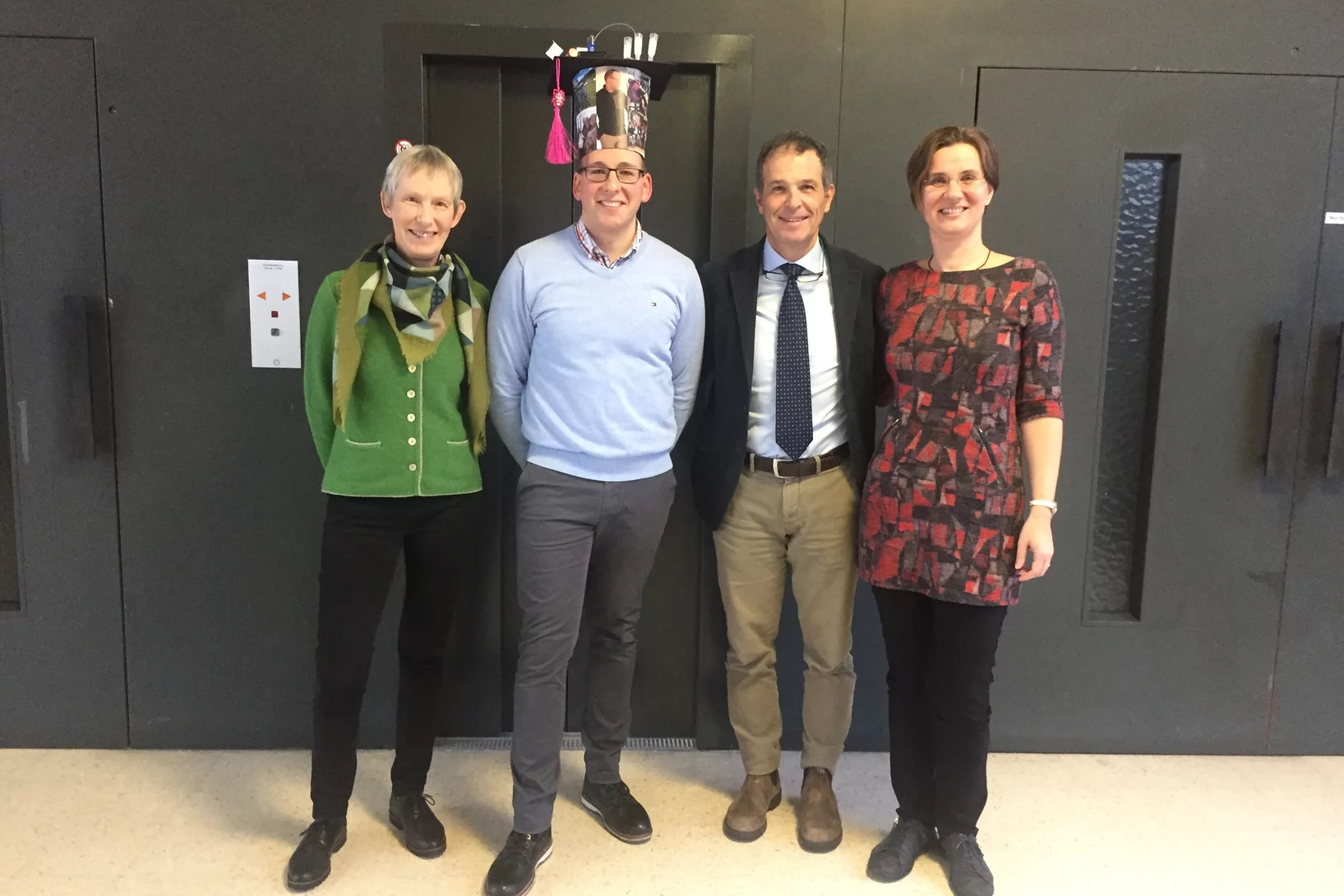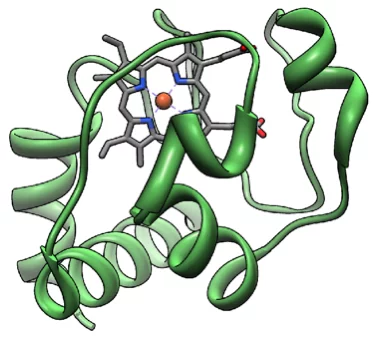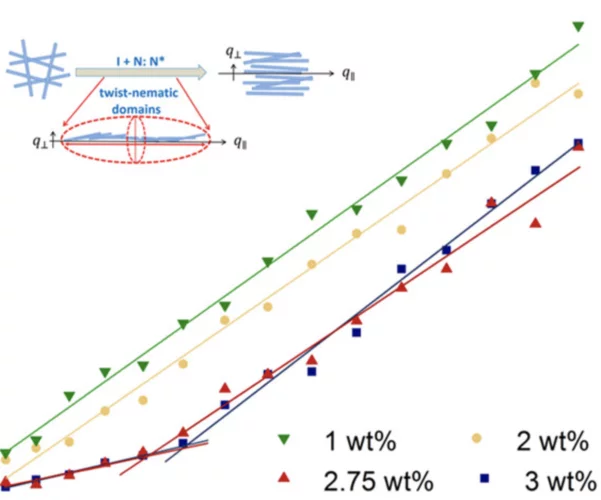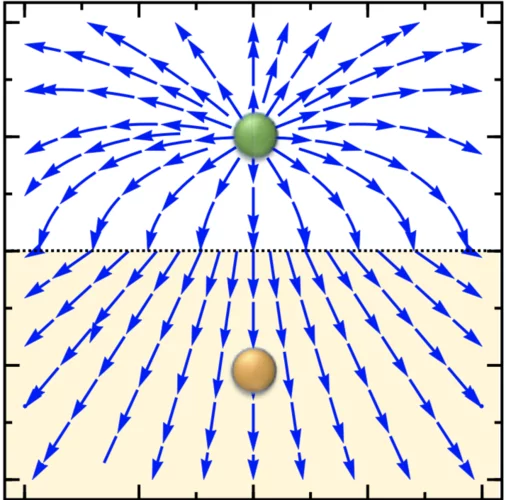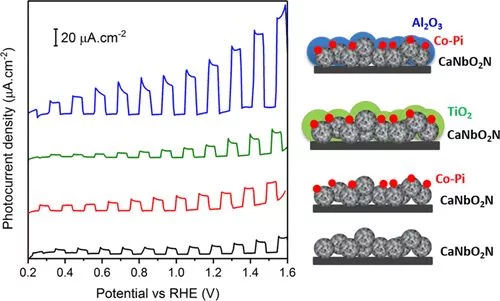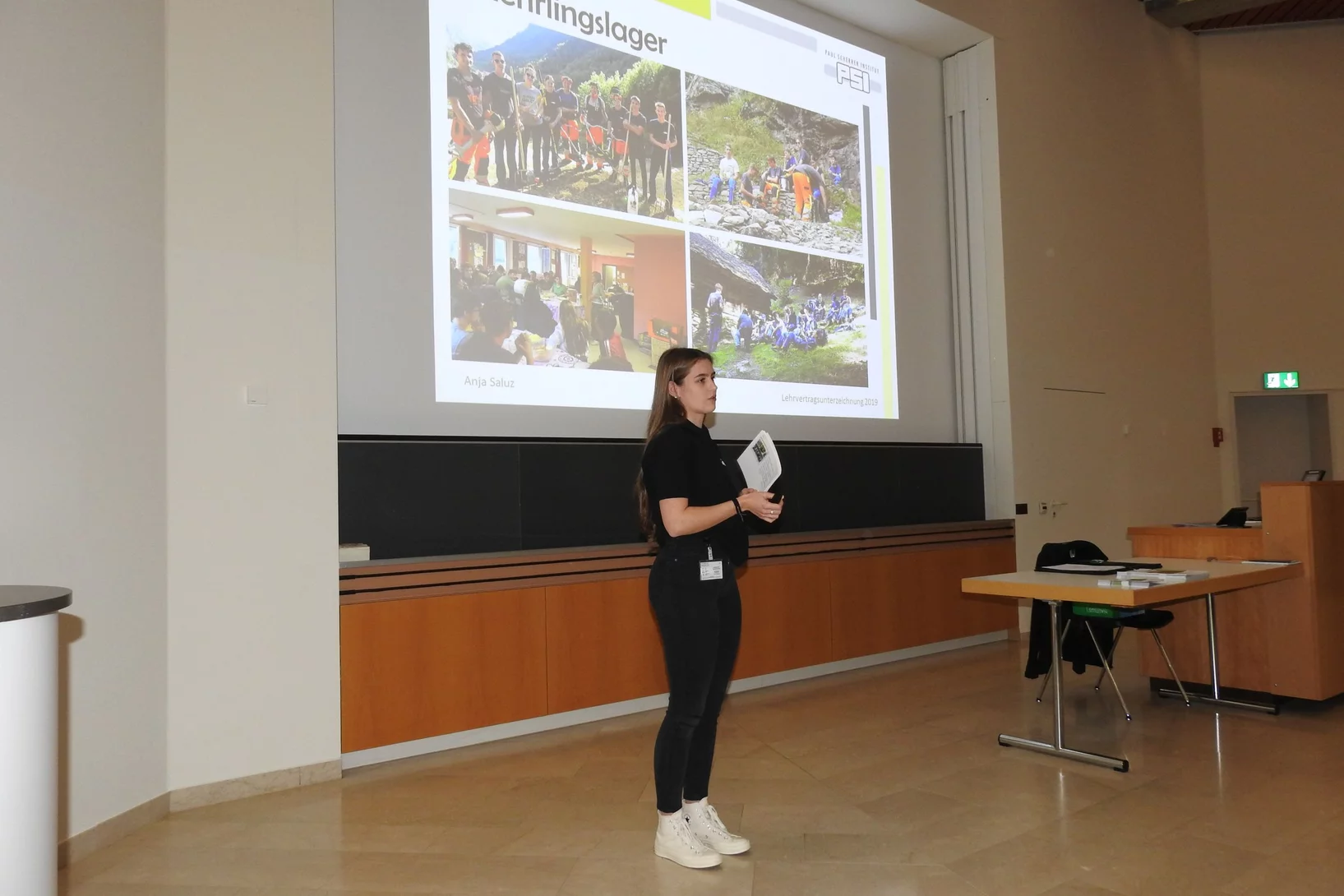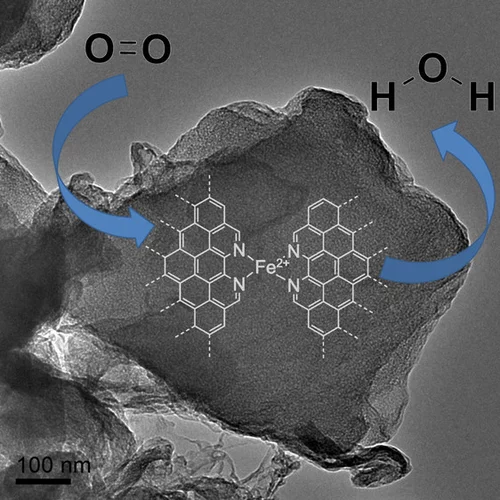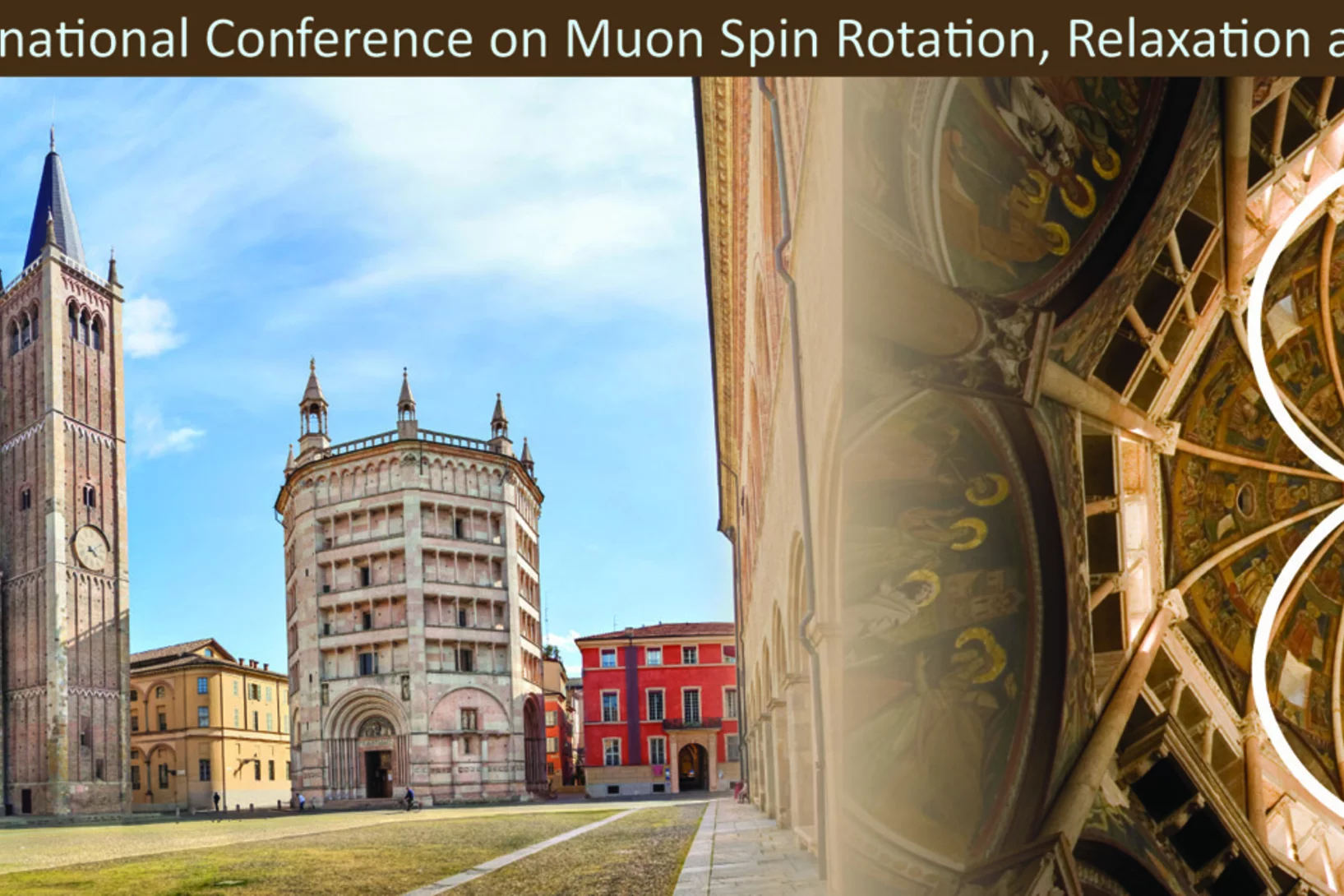Shifting away from nuclear energy, expanding solar and wind power, generating energy from biomass, reducing energy consumption. Switzerland is committed to becoming climate-neutral by 2050. An ambitious goal, which has become more urgent than ever due to the increasingly challenging geopolitical situation. How can a sustainable and resilient energy supply for Switzerland be established over the coming years? What's the optimal way to use renewable energy sources? What new technologies are especially promising? At PSI, researchers are seeking answers to these crucial questions.
Children are her passion
At PSI, Beate Timmermann built up a programme providing proton therapy for children with cancer at the same time she was raising her own son. Today she is head of the Clinic for Particle Therapy at the West German Proton Therapy Centre in Essen (WPE) and is considered one of the most accomplished experts in this field.
Supramolecular architectures of molecularly thin yet robust free-standing layers
In a collaboration within the network of the Swiss Nanoscience Institute, the formation of free-standing molecular monolayers using self-assembly processes has been demonstrated. The results of the study have been published in the February 2019 issue of Science Advances.
Ion-Induced Formation of Nanocrystalline Cellulose Colloidal Glasses Containing Nematic Domains
Controlling the assembly of colloids in dispersion is a fundamental approach toward the production of functional materials. Nanocrystalline cellulose (NCC) is a charged nanoparticle whose colloidal interactions can be modulated from repulsive to attractive by increasing ionic strength.
Accelerating small-angle scattering experiments on anisotropic samples using kernel density estimation
We propose a method to accelerate small-angle scattering experiments by exploiting spatial correlation in two-dimensional data. We applied kernel density estimation to the average of a hundred short scans and evaluated noise reduction effects of kernel density estimation (smoothing).
Das PSI hat am Diversity-Index Switzerland 2018 den 2. Rang erreicht!
Ziel des Diversity Index ist es, die Heterogenität der Belegschaften in Schweizer Institutionen und Unternehmen zu messen und aufzuzeigen, in welchen Bereichen Handlungsbedarf besteht. An der Erhebung 2018 haben 30 Unternehmen teilgenommen.
A quantum magnet with a topological twist
Theories predict that some electrons in the kagome materials have exotic, so-called topological behaviors and others behave somewhat like graphene, another material prized for its potential for new types of electronics.
Bulk single-crystal growth of the theoretically predicted magnetic Weyl semimetals RAlGe (R = Pr, Ce)
We explore two methods for single-crystal growth of the theoretically proposed magnetic Weyl semimetals RAlGe (R = Pr, Ce), which prove that a floating-zone technique, being both crucible- and flux-free, is crucial to obtain perfectly stoichiometric RAlGe crystals. In contrast, the crystals grown by a flux-growth technique tend to be Al-rich. We further present both structural and elemental analyses, along with bulk magnetization and electrical resistivity data on the crystals prepared by the floating-zone technique. Both systems with the intended 1:1:1 stoichiometry crystallize in the anticipated polar I41md (No. 109) space group, although neither displays the theoretically expected ferromagnetic ground state.
New operational licence
On 21st of February 2019 the Federal Department of the Environment, Transport, Energy and Communications (DETEC) issued the new operational licence for the PSI Hotlab facility
New Method for Calculating Soft X-ray Magnetic Circular Dichroism Spectra
Scientists have demonstrated in a combined theoretical and experimental effort that the new ligand-field density functional theory method (LF-DFT) can be used to calculate the X-ray absorption spectra (XAS) and X-ray magnetic circular dichroism (XMCD) of lanthanide compounds from purely structural input.
Horizon 2020 project SAMOSAFER granted
The EU Horizon 2020 program granted 3.5 million Euros to the research and innovation project SAMOSAFER, where PSI is one of the 14 project partners. The total budget of the project, inclusive own and in-kind contributions, is 4.5 million Euros. The aim of SAMOSAFER project is to develop and demonstrate new safety barriers and a more controlled behaviour in severe accidents of the Molten Salt Reactor (MSR). Three groups at PSI will be involved in the project: the LSM groups for Advanced Nuclear Systems (ANS) and Multiscale Materials Modelling (MMM) and the Severe Accidents Research group (Sacre) of LRT, focusing on redistribution of the source term in the fuel treatment unit of MSR and assessment and reduction of radionuclide mobility during accidental conditions.
Negative flat band magnetism in a spin–orbit-coupled correlated kagome magnet
Electronic systems with flat bands are predicted to be a fertile ground for hosting emergent phenomena including unconven- tional magnetism and superconductivity, but materials that manifest this feature are rare. Here, we use scanning tunnelling microscopy to elucidate the atomically resolved electronic states and their magnetic response in the kagome magnet Co3Sn2S2.
Watching electrons and switching bits on
Electronics should get smaller, faster, and above all more energy-efficient. These themes are also present in several research groups at PSI. From incremental improvements to complete rethinking – who is currently working on what?
How the methyl group position influences the ultrafast deactivation in aromatic radicals
The resonantly stabilized xylyl radicals (C8H9•) distinctively influence the combustion chemistry and, therefore, ultimately determine the performance of combustion engines. At that, the three different isomers (methyl group in ortho, para or meta position) exhibit notable differences at elevated temperatures. We have tracked down these dynamics on a femtosecond timescale by monitoring the response to preparation of a well-defined electronic and vibrational state.
Electronic localization in CaVO3 films via bandwidth control
Understanding and controlling the electronic structure of thin layers of quantum materials is a crucial first step towards designing heterostructures where new phases and phenomena, including the metal-insulator transition (MIT), emerge. Here, we demonstrate control of the MIT via tuning electronic bandwidth and local site environment through selection of the number of atomic layers deposited.
Emergent magnetic monopole dynamics in macroscopically degenerate artificial spin ice
Magnetic monopoles, proposed as elementary particles that act as isolated magnetic south and north poles, have long attracted research interest as magnetic analogs to electric charge. In solid-state physics, a classical analog to these elusive particles has emerged as topological excitations within pyrochlore spin ice systems. We present the first real-time imaging of emergent magnetic monopole motion in a macroscopically degenerate artificial spin ice system consisting of thermally activated Ising-type nanomagnets lithographically arranged onto a pre-etched silicon substrate. factors are observed.
Structure and superconductivity in the binary Re1-xMox alloys
The binary Re1−xMox alloys, known to cover the full range of solid solutions, were successfully synthesized and their crystal structures and physical properties investigated via powder x-ray diffraction, electrical resistivity, magnetic susceptibility, and heat capacity. By varying the Re/Mo ratio, we explore the full Re1−xMox binary phase diagram, in all its four different solid phases: hcp-Mg (P63/mmc), α-Mn (I43m), β-CrFe (P42/mnm), and bcc-W (Im3m), of which the second is non-centrosymmetric with the rest being centrosymmetric. All Re1−xMox alloys are superconductors, whose critical temperatures exhibit a peculiar phase diagram, characterized by three different superconducting regions.
PSI Thesis Medal goes to Dr. Matias Kagias
The PSI Thesis Medal is awarded every second year to the best PhD thesis performed at the Paul Scherrer Institut. Matias received the prize for his excellent thesis entitled "Direct Self-Imaging Methods for X-ray Differential Phase and Scattering Imaging". Congratulations!
Wege der beruflichen Integration
In der Berufsschule Scala werden Lernende, die eine IV-unterstützte Berufsausbildung auf Stufe eidg. Berufsattest oder eidg. Fähigkeitszeugnis absolvieren, gezielt gefördert. Sehen Sie, wie die Vorbereitungs- und Förderkurse auch unserem Lernenden, Sacha R., beim Erreichen seiner Ziele geholfen haben.
Virtual lens improves X-ray microscopy
A method developed by PSI researchers makes X-ray images of materials even better. The researchers took a number of individual images while moving an optical lens. From these, with the help of computer algorithms, they generated one overall image.
Congratulations to Sven Avak
On 31 January 2019 Sven successfully defended his PhD entitled “Impact and Implications of Melting on the Preservation of Trace Elements in High-Alpine Snow and Glacier Ice" at the University of Bern. Congratulations! This thesis formed part of the collaborative project Microscale Distribution of Impurities in Snow and Glacier Ice (MiSo) in co-operation with LUC's Surface Chemistry research group and the WSL-SLF Davos. The project was funded by the Swiss National Science Foundation.
Now it's time for something new
If you make electronic components smaller, they unfortunately get hotter. Also, we will soon reach the limit of technically feasible miniaturisation. At PSI, Gabriel Aeppli and Christian Rüegg are working on fundamentally new, physical solutions for better computers and data storage devices.
User operation at SwissFEL has begun
The first user experiment has taken place the the SwissFEL X-ray free electron laser, officially inaugurating it as the newest user facility at the Paul Scherrer Institute. The experiment, led by Camila Bacellar from EPFL, investigated ultrafast electron transfer dynamics in a protein to try to identify the charge density re-localization after the protein absorbs a photon of UV light. The experiment was performed using the Alvra Prime experimental station, taking advantage of the integrated von Hamos X-ray emission spectrometer to perform both X-ray absorption and emission measurements on the Fe atom, which is located at the centre of the protein.
Structural selectivity of supported Pd nanoparticles for catalytic NH3 oxidation resolved using combined operando spectroscopy
The link between Pd nanoparticle structure and surface reactivity for NH3 abatement was found using operando X-ray absorption fine structure spectroscopy, diffuse reflectance infrared Fourier-transformed spectroscopy and on-line mass spectrometry.
Anisotropic Diffusion and Phase Behavior of Cellulose Nanocrystal Suspensions
In this paper, we use dynamic light scattering in polarized and depolarized modes to determine the translational and rotational diffusion coefficients of concentrated rodlike cellulose nanocrystals in aqueous suspension. Within the range of studied concentrations (1–5 wt %), the suspension starts a phase transition from an isotropic to an anisotropic state as shown by polarized light microscopy and viscosity measurements.
Search for the Magnetic Monopole at a Magnetoelectric Surface
We show, by solving Maxwell’s equations, that an electric charge on the surface of a slab of a linear magnetoelectric material generates an image magnetic monopole below the surface provided that the magnetoelectric has a diagonal component in its magnetoelectric response. The image monopole, in turn, generates an ideal monopolar magnetic field outside of the slab.
Improved Photoelectrochemical Water Splitting of CaNbO2N Photoanodes by CoPi Photodeposition and Surface Passivation
Photoelectrochemical (PEC) solar water splitting is a promising approach to convert solar energy into sustainable hydrogen fuel using semiconductor electrodes. Owing to their visible light absorption properties, oxynitrides have shown to be attractive photocatalysts for this application. In this study, the influence of the preparation method of CaNbO2N particles on their morphological and optical properties, and thereby their PEC performance, is investigated. The best performing CaNbO2N photoanode is produced by ammonolysis of Nb-enriched calcium niobium oxide.
Lehrvertragsunterzeichnung 2019
Am Mittwoch den 16. Januar durften wir während der Lehrvertragsunterzeichnung alle angehenden Lernenden, für das Jahr 2019, begrüssen. Die Schülerinnen und Schüler haben gemeinsam mit ihren Eltern die Lehr- und Praktikumsverträge unterschrieben. Nun sind sie ihrem Lehrbeginn, der am 5. August ist, bereits einen Schritt näher.
Fe-Based O2-Reduction Catalysts Synthesized Using Na2CO3 as a Pore-Inducing Agent
This work presents a new approach for synthesizing Fe-based oxygen reduction reaction (ORR) catalysts using sodium carbonate (Na2CO3) as an inexpensive but effective pore-inducing agent offering microporosity control.
15th International Conference on Muon Spin Rotation
The 15th International Conference on Muon Spin Rotation, Relaxation and Resonance (µSR2020) will be held in Parma, Italy, from 6-10th July, 2020.
The conference is organized by the University of Parma in conjunction with eth ISIS Muon and Neutron Source.
Measurement of five flashes from the depths of the universe
A PSI-developed detector called POLAR has collected data on so-called gamma-ray bursts from a space station. This is now helping to better understand these extremely high-energy flashes of light.

